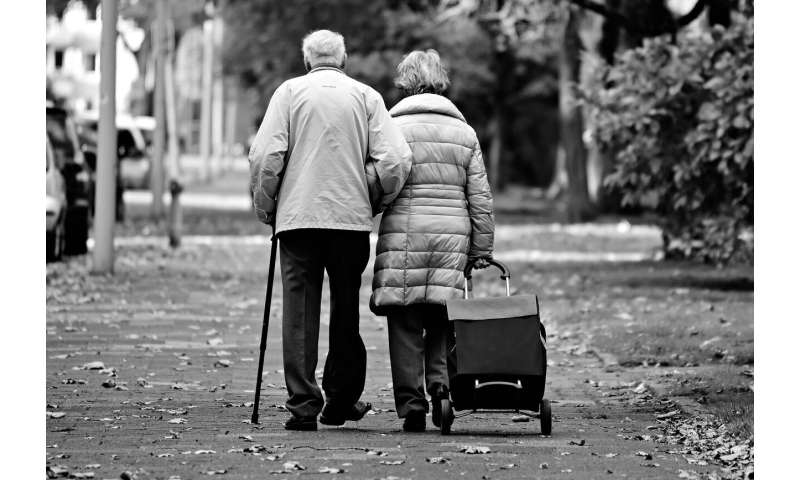
Destinations in nature, such as a lakeside or a walking trail, are the most commonly perceived environmental features motivating older adults to engage in outdoor mobility. In a study conducted at the University of Jyväskylä, Finland, it was however observed that reporting a motivating feature did not necessarily mean the same thing as being more physically active.
Environmental features perceived as motivating for outdoor mobility and levels of physical activity were investigated alongside the neighborhood types in which the older adults lived. Based on these findings, it could be seen that environmental features associated with higher levels of physical activity differed between neighborhood types. Differences existed especially between densely populated and sparsely populated areas.
“In densely populated areas destinations close to nature were associated with older adults’ brisk physical activity,” says Ph.D. student Kirsi Keskinen. “Yet in sparsely populated areas, perceiving features that improved pedestrian infrastructure close to home were important for reporting higher levels of physical activity.”
Peaceful walkways, even sidewalks, and street lighting are examples of features that make an environment more walking friendly for older adults. They are also features that commonly differ in their amounts between densely and sparsely populated areas.
“The specific conditions of a neighborhood type should be considered when planning measures to promote older adults’ physical activity,” Keskinen concludes.
For the research, 848 people between the ages of 75 and 90 living in Jyväskylä and Muurame, Finland, were interviewed about their physical activity, perceived environmental features that attracted to outdoor mobility, and health and socioeconomic factors. Characteristics of neighborhood types were retrieved from geospatial data.
Source: Read Full Article
